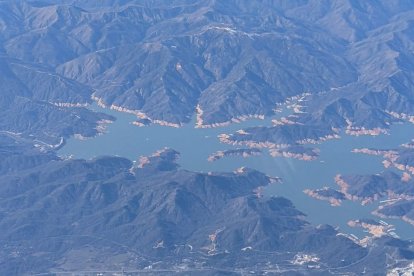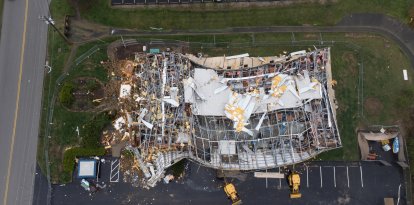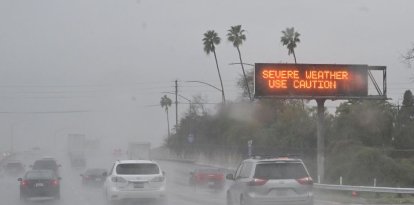Twelve reservoirs in California are above historical averages
After the rainy and snowy season, two reservoirs exceeded their maximum levels, and five others are about to reach 100%.

(
The May thaw is paying off in California. According to data released by the state Department of Water Resources, reservoirs are at good levels, well above those of previous years and even above historical averages. This is the case of the state's two largest reservoirs, the Shasta and Oroville, at 97% and 100% of their volume, respectively.
The situation is similar in a number of reservoirs throughout California. New Bullards Bar is at 99%, Folsom at 94%, St. Louis at 99%, Castaic at 96%, and six other reservoirs are above their historical averages. Although these numbers are good, Governor Newsom is reluctant to declare an end to the drought in California. The end of water-use restrictions was announced in March.
As of Wednesday, Oroville Reservoir counted 3,520,372 acre-feet of water at an elevation of 897.61 feet. According to data from the Department of Water Resources, this is one of the highest levels in the reservoir's history. It is even higher than those of 1983, which was especially rainy according to records. With this level of water, the Oroville is 127% above its historical average.
To properly control water levels, the California Department of Water Resources opened its dams last month and increased the flow of rivers fed by the reservoirs. In 2017, this lack of foresight led to the collapse of several dams. According to a representative from the agency, the dams will be regulated and closed in the next few days.
This situation is in stark contrast to that of 2021, when California's reservoirs were fair below their limits. At this time in 2021, Oroville had only 36% of its total capacity and 46% of its historical average. Similarly, Lake Shasta was at 41% of full capacity on June 13, 2021.
RECOMMENDATION





















